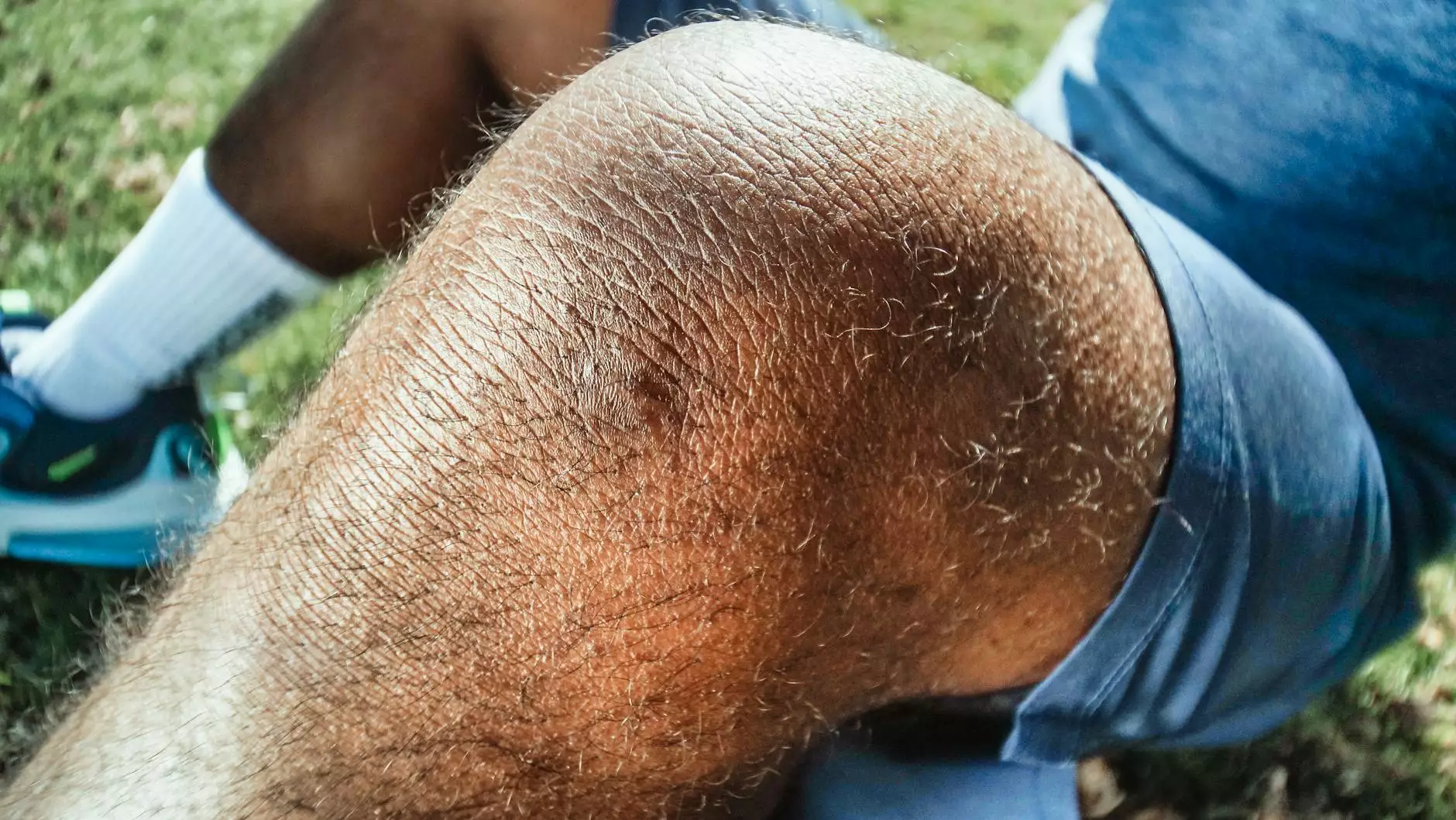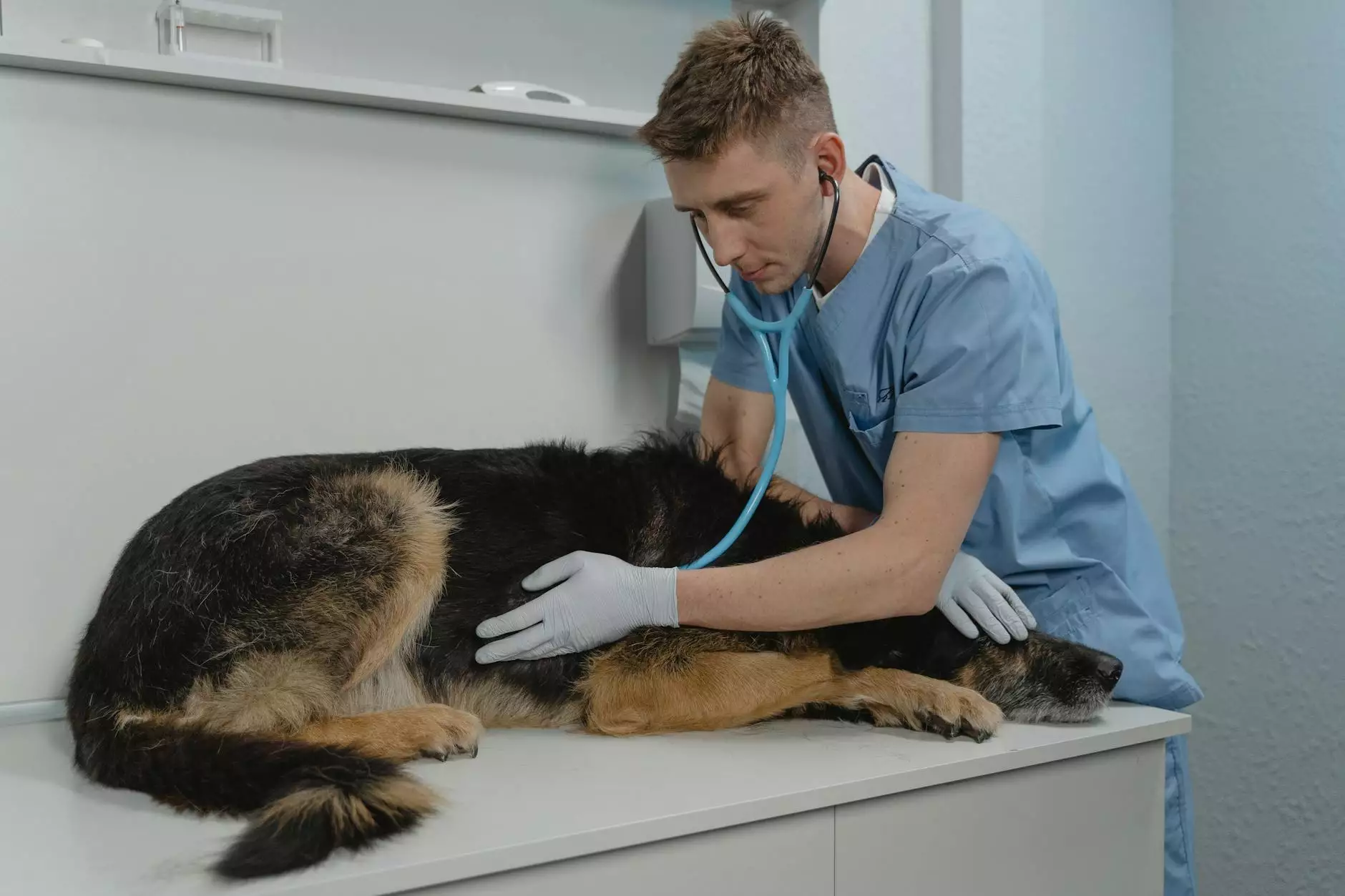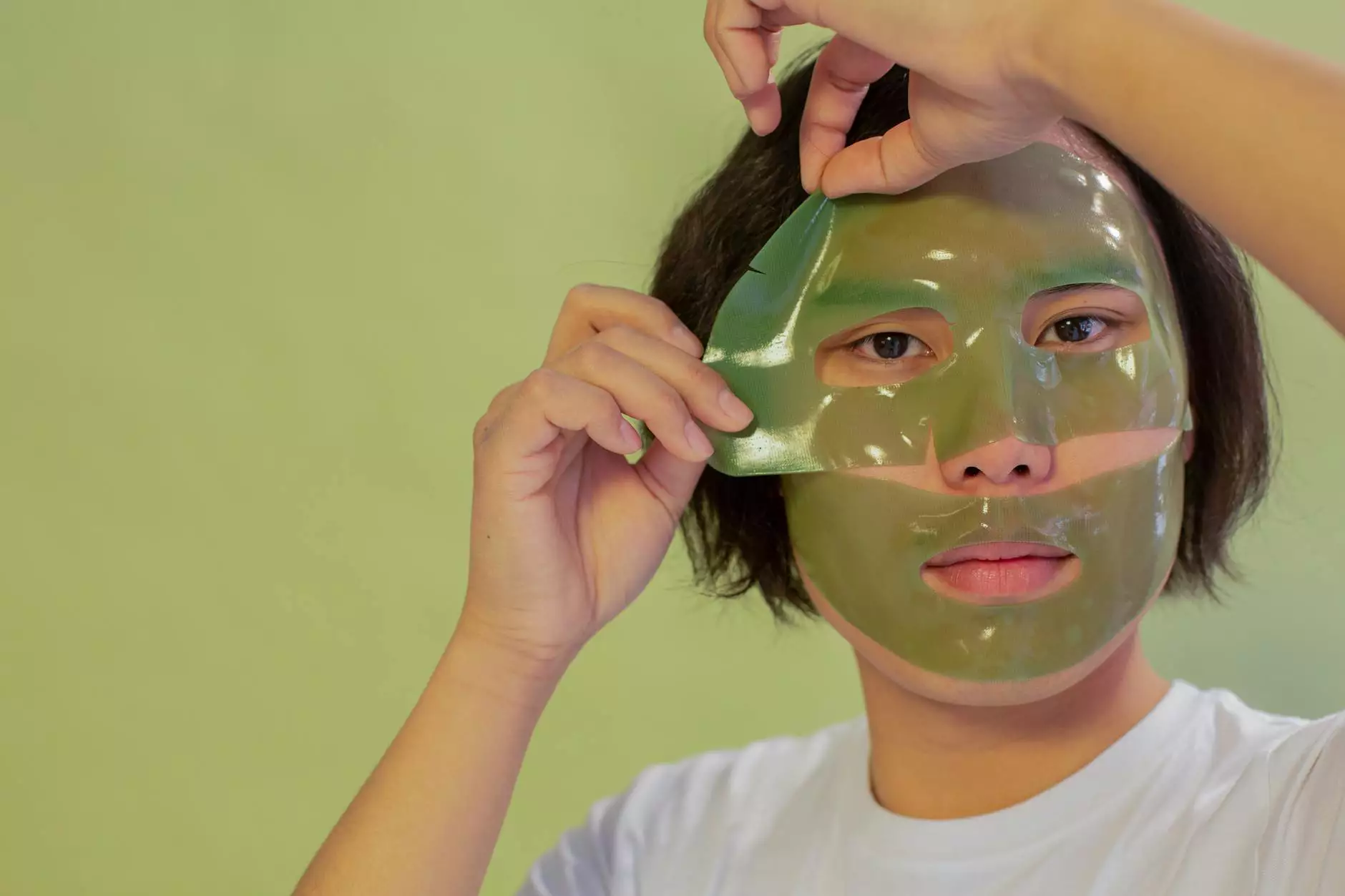Patellofemoral Pain Syndrome: Understanding Causes, Symptoms, and Treatments

Patellofemoral Pain Syndrome (PFPS), also known as runner's knee, is a common condition that causes pain and discomfort around the kneecap, specifically the area where the patella (kneecap) rests on the femur (thigh bone). It is prevalent among individuals in the geriatric and aging care category, and the team at Regency Square Care Center is dedicated to providing comprehensive information on this condition.
What Causes Patellofemoral Pain Syndrome?
While the exact cause of PFPS is often multifactorial, it is commonly associated with:
- Overuse or repetitive stress on the knee joint
- Malalignment of the patella
- Injury or trauma to the knee
- Muscle imbalances or weaknesses in the lower extremities
It's important to note that PFPS can affect individuals of all ages, not just athletes or active individuals. The progressive nature of this condition can lead to significant discomfort, hindering daily activities and reducing the overall quality of life.
Identifying Symptoms of Patellofemoral Pain Syndrome
Recognizing the signs and symptoms of PFPS is vital for early intervention and effective management. Some common symptoms include:
- Dull, aching pain around or behind the kneecap
- Pain worsens with activities that involve knee bending, such as squatting or climbing stairs
- Pain may increase during prolonged periods of sitting with knees bent
- Popping or grinding sensations within the knee joint
If you or your loved ones experience these symptoms, it's crucial to consult with a healthcare professional specialized in geriatric and aging care to receive an accurate diagnosis and appropriate treatment plan.
Effective Treatments for Patellofemoral Pain Syndrome
Managing PFPS often requires a comprehensive approach focused on reducing pain, improving function, and addressing underlying factors. Here are some common treatment options:
1. Physical Therapy
Physical therapy plays a pivotal role in the treatment of PFPS. By addressing muscle imbalances, improving joint alignment, and implementing targeted exercises, physical therapists can help alleviate pain, restore mobility, and enhance overall knee function.
2. Non-Surgical Interventions
In many cases, non-surgical interventions provide significant relief. These may include:
- Non-steroidal anti-inflammatory drugs (NSAIDs) to reduce pain and inflammation
- Bracing or taping techniques to improve patellar alignment
- Activity modification to rest and protect the knee
3. Lifestyle Modifications and Self-Care
In addition to professional interventions, individuals can manage PFPS through self-care practices, such as:
- Resting and avoiding activities that exacerbate pain
- Applying ice packs to the affected area to reduce inflammation
- Engaging in low-impact exercises to maintain overall strength and flexibility
Promoting Ongoing Wellness for the Geriatric and Aging Community
Regency Square Care Center is committed to the well-being and vitality of the geriatric and aging care community. Through informative blog posts and our comprehensive care services, we strive to empower individuals with knowledge that leads to better health outcomes and improved quality of life.
If you or someone you know is seeking professional guidance and care for PFPS or any other geriatric and aging care concerns, please don't hesitate to reach out to us.
Remember, with early intervention, accurate diagnosis, and proper care, the impacts of Patellofemoral Pain Syndrome can be minimized, allowing individuals to maintain an active and fulfilling lifestyle.










